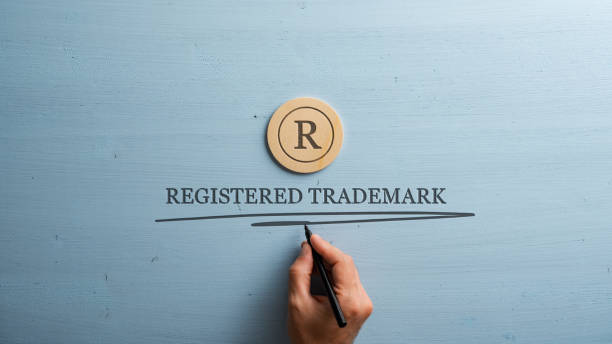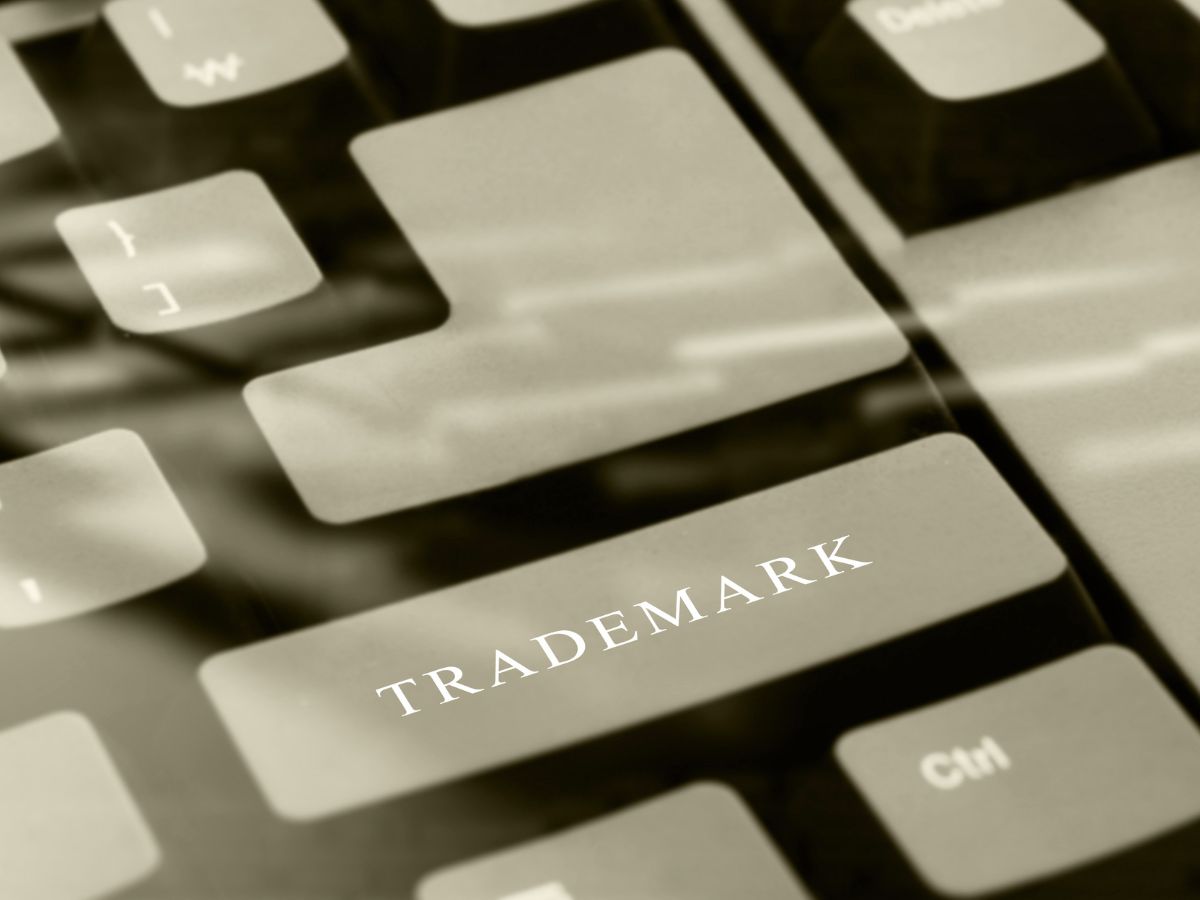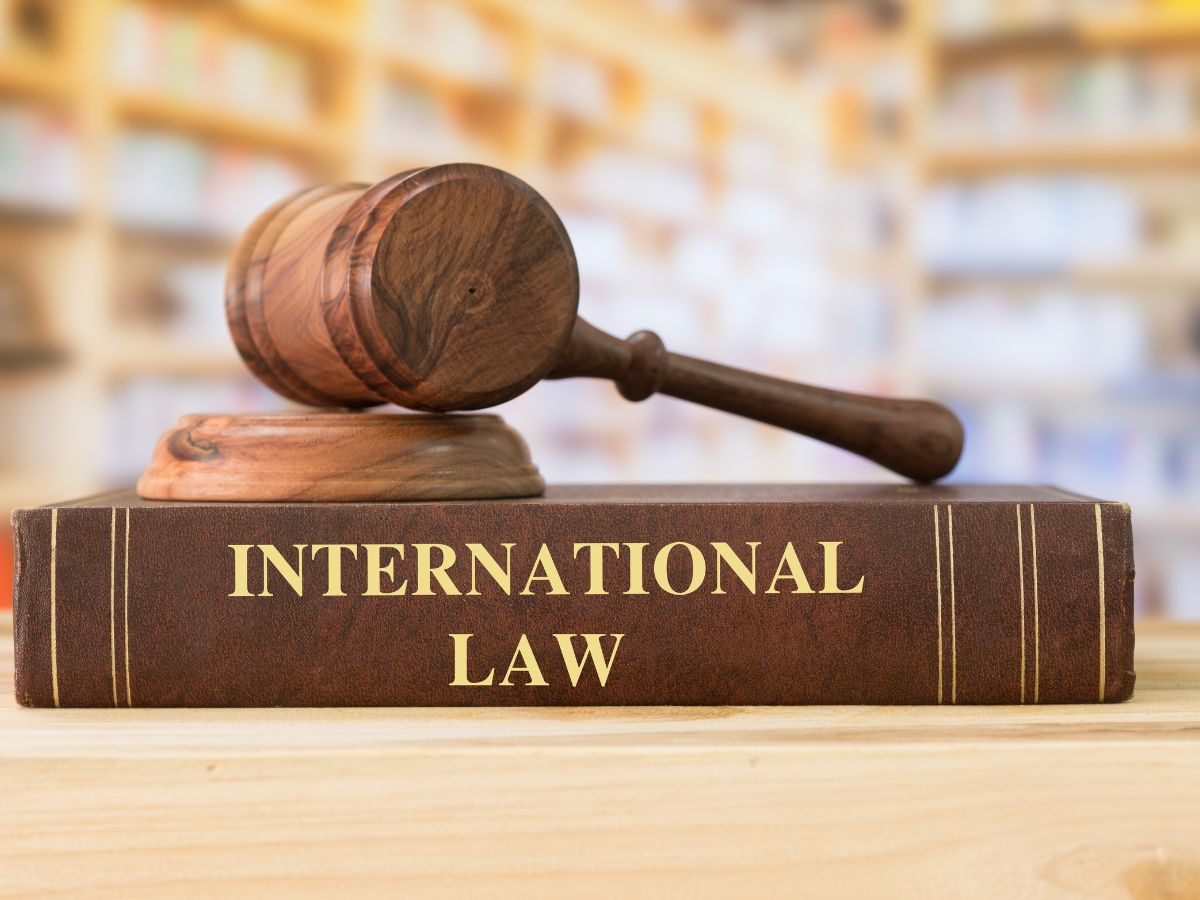How to identify and protect your trademarked brand elements
In this article, I’ll discuss what it means to have a trademarked brand and why it’s important. Then I’ll explain how to register your business name and secure a domain name that matches it. Finally, we’ll discuss how to protect your logo as a registered trademark.
Table of Contents
Register your business name

The first step is to register your business name at the state level if you haven’t already. You can do this by going to the Secretary of State’s office and filing a “Certificate of Trade Name” form with them, or by calling them and giving them instructions to do it for you (yes, they’ll literally go into their system, and record that).
Register your business name with the country clerk’s office in each country where you operate, if applicable.
Secure matching domain name for the business

A trademarked brand element is any unique identifier of your brand. This can include your business name, logo, slogan, or even a sound or smell that identifies your company. You want to make sure that if you have a trademarked name or logo for your business, you use it consistently across all marketing materials—including domain names.
A domain name is an address that people visit when they go to a website. For example, every time you type “google.com” into your browser bar and press enter—that’s what takes you to Google’s homepage on the internet!
In order to ensure that people don’t accidentally stumble upon sites with similar websites (for example googleincorporation vs googleincorporationinc), it’s important to secure a domain name that matches up with what consumers expect from their experiences with other brands in their industry segment (i.e., searching for “Amazon” will take them directly back home after searching).
Protect your logo as a registered trademark

If you’re like most business owners, you probably already know that there are two kinds of intellectual property protection for your brand: copyright and trademark. Copyright protects the original expression of an idea (such as a logo design), while a trademark protects the use of a word or symbol to identify goods and services.
For many businesses, registering their logos as trademarks aren’t necessary. But it can be helpful in several different ways:
Protecting your brand against infringement
If someone else uses a similar logo on their products or services without permission, they could be accused of infringement and forced to stop using it (or risk being sued). Trademark registration can help ensure that others don’t try to use your distinctive logo without permission or put their own spin on it.
Strengthening your case if someone violates your rights
If someone does violate this right by creating something similar enough to confuse customers about who owns what, then you’ll have evidence supporting your claim in court if needed.
Identify blog content author with legal name

When you’re writing a blog, you want to be able to prove that you are the creator of the content. You can do this by using your legal name or the legal name of your LLC or corporation as the author of your blog content. If there’s ever any question about who wrote something in your blog, having this information is useful for establishing authorship.
This also helps with search engine optimization (SEO) because Google and other search engines prefer to rank sites that have been created by individuals over those created by brands or businesses—it’s seen as a more credible source.
Also, keep in mind that some companies require all employees and contractors to use their real names online so they don’t get accused of impersonating someone else!
Apply for a trademark on additional names
If you use more than one name in your business, such as a blog name or social media handle, you can apply for trademark protection on each of these names. You can also apply for trademark protection on any other names that may be associated with your brand, such as the domain name or other online handles.
However, it’s important to note that while you can apply for protection on multiple names, each application will cost you money and take time—not to mention the fact that they all require different sets of paperwork. That’s why we recommend limiting yourself to one main brand element and then working from there when pursuing other protective measures (such as registering your own domain name).
Secure the right domain name for your business
As mentioned earlier, registering a domain name is a legal requirement, but it’s also an excellent way to protect your brand. If you don’t register the domain name, someone else could register it and use it to trick customers into thinking they’re buying from you.
Here’s how to secure the right domain name for your business:
Research keywords and keyword phrases that are relevant to what you do—you’ll want people who are looking for what you offer to find your website easily!
Choose a name that reflects what kind of business or product you have.
Don’t use any names as part of the URL (www) unless those names are essential elements of your brand or business identity – like “amazon” or “eBay.
Conclusion
In sum, the steps you take today to protect your brand online can help ensure that it’s available for years to come. If you have any questions about the process or need help with any part of it, reach out to us. We’re happy to assist!












